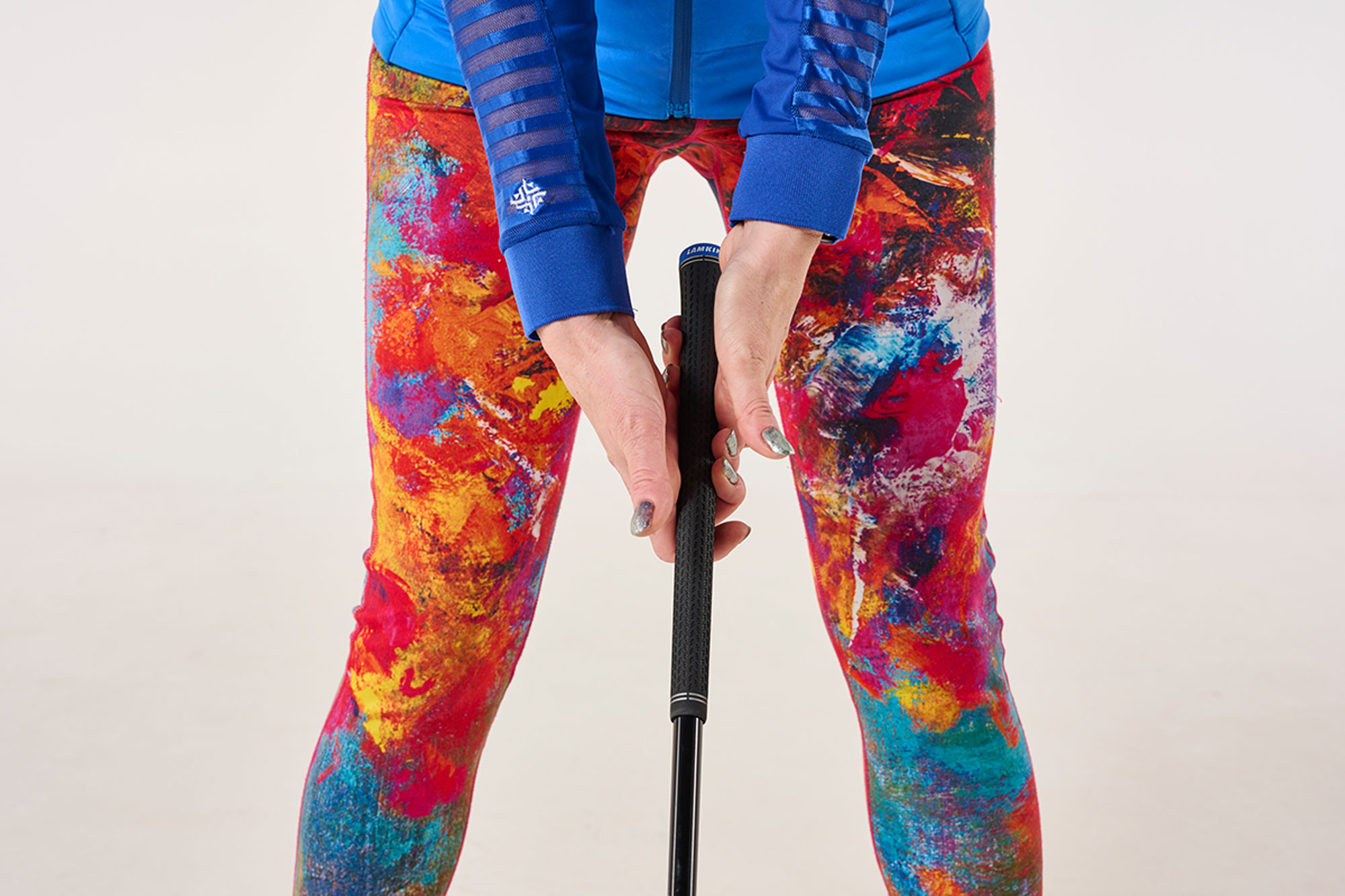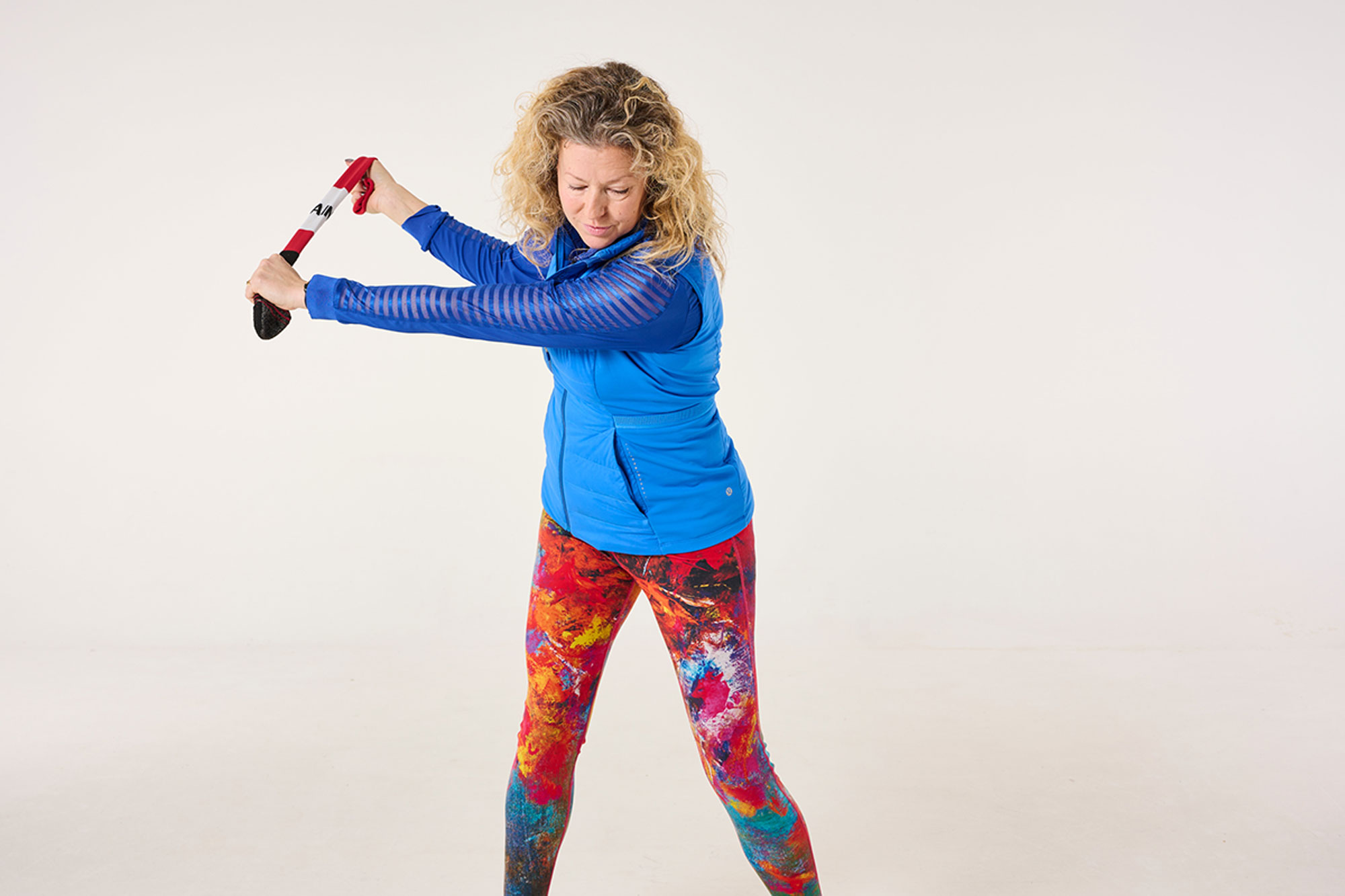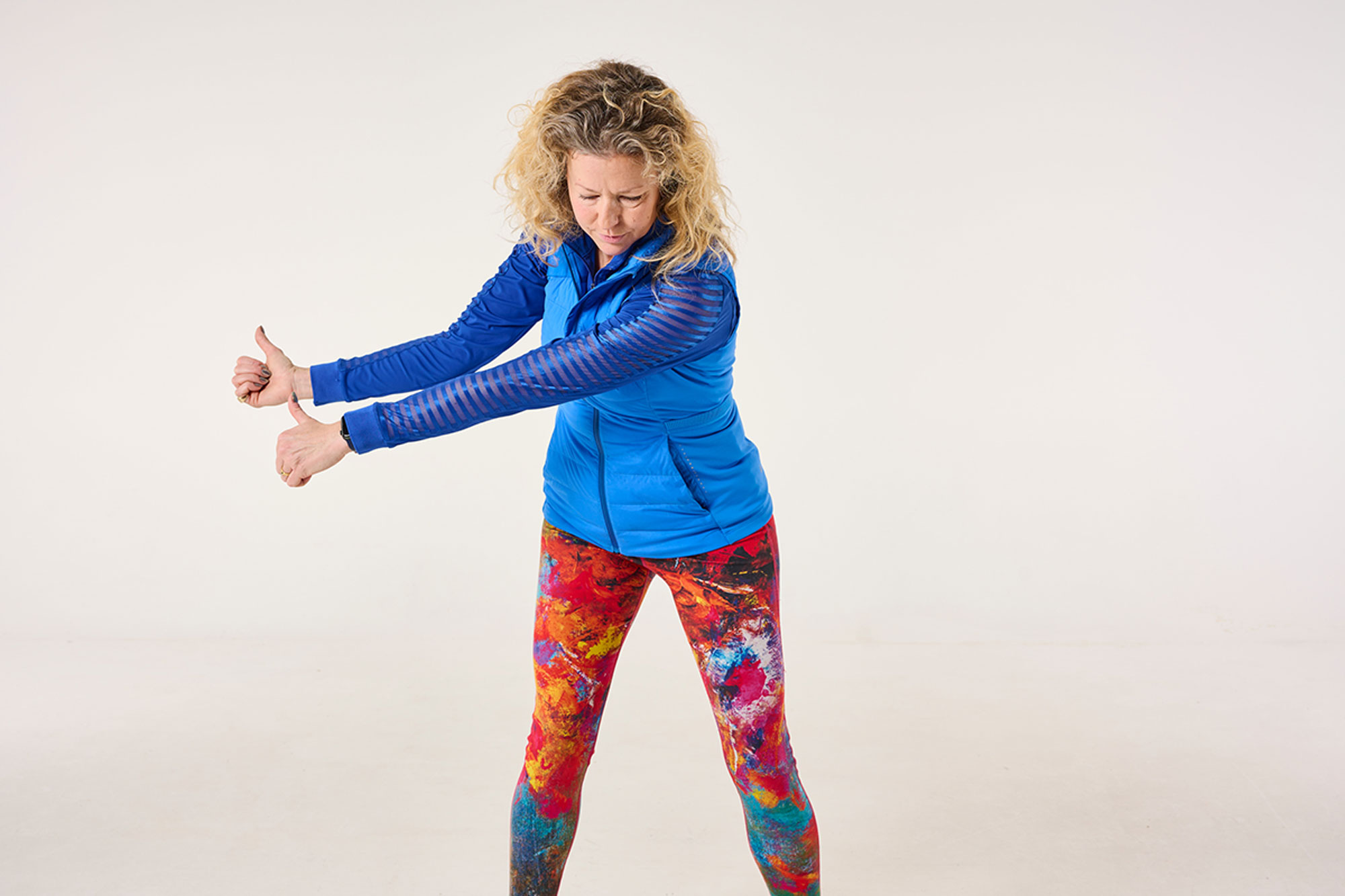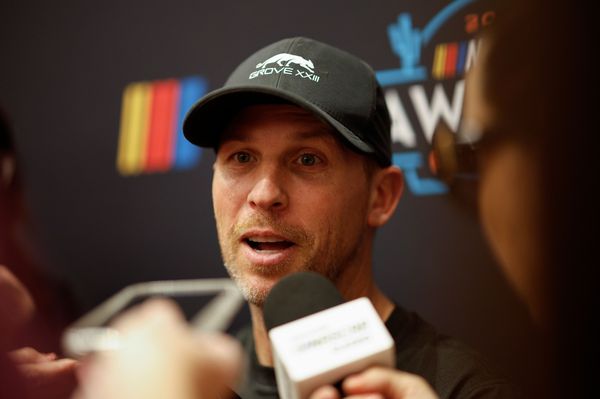
If you are struggling to synchronise your golf swing, or you regularly suffer from a poor strike on the golf ball, the problem might be caused by an overswing.
Learning how to stop overswinging is important for amateur golfers, because while some top professionals are able to use a longer swing to full effect, this extra length can lead to a number of common swing faults for the average club golfer.
In this article, Top 50 Coach and Advanced PGA Professional Katie Dawkins shares her expert advice on how the perfect golf grip can go a long way to solving your overswinging woes, and also provides two ingenious drills to help you banish the issue for good...
What Is An Overswing?
Barry Plummer, Instruction Writer at Golf Monthly, says:
An overswing is when the club moves past horizontal to the ground at the top of the backswing, often with the clubhead pointing down to the ground and to the right of target.
Some top professionals like Jon Rahm and John Daly have a noticeable overswing, but compensate for this perfectly in other aspects of their mechanics to ensure perfect contact and a powerful strike.
For many amateurs, making these necessary adjustments to work with an overswing are not realistic, so finding an appropriate antidote for the problem is paramount.
Grip: A Common Root Cause Of An Overswing
One of the most common swing faults I see in female golfers is a collapse of the arms at the top of the swing, followed by the leak of power that happens as they try to throw the club back to the ball.
Often a root cause of this inefficient lengthy action happens at set up, before the golfer even takes the club away. The way we hold the club is key to hitting certain positions in the backswing, which creates a powerfully loaded action.
If a golfer holds the club too much in the palm of their hands then they are essentially locking out their ability to cock their wrists.
Instead, ensure the club nestled lower in the fingers, not up in the palm where a telltale wear mark in the glove points to poor positioning.

Drills To Stop Overswinging In Golf
These are some of the best golf drills ever for curing an overswing, so make sure you give them a try the next time you head out for a driving range session.
Be sure to work on the grip points that I mentioned above, as they will ensure a solid foundation for success in the drills below.
1. The Sock Drill

To further encourage that feeling of width try grabbing a football sock or a driver head cover with a knitted neck, and stretch that fabric out so there’s a grips length gap between your hands.
From an athletic golf posture, maintain tension in the sock between your hands and make a good turn with your shoulders.
You’ll find your hands stay at a decent width away from your head and help you to keep a straight left arm in your golf swing. The moment you lose tension in the sock your arms collapse and hey presto your overswing returns.
2. Thumbs Up Drill

If you’re after a simple swing thought to avoid an overswing, this drill will help.
Start again without a club in your hands and hang those arms down from a “ready for action” posture.
Put your thumbs up and swing your arms back aiming the thumbs towards the sky. This will encourage correct wrist hinge, as if done incorrectly the thumbs will point away from your target often leading to a collapsed lead arm.
So keep it simple, keep it positive and keep your body turning. Don’t give your arms an excuse to race that club to the top of your swing and then have to cast power aside.







